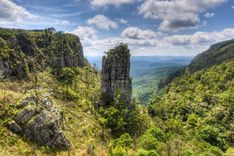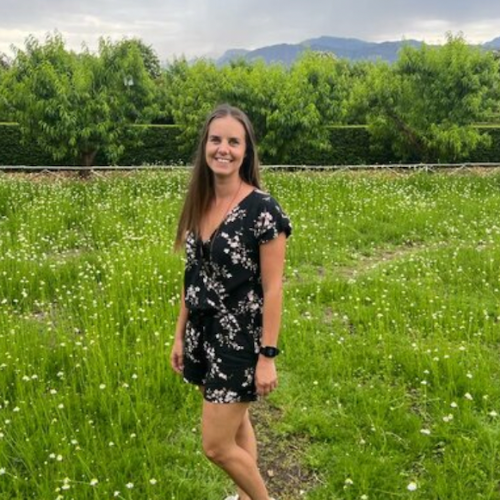Safari at Sea
As well as the Big Five, in South Africa, you can add whales and the great white shark to make the Big Seven. For that, you obviously have to head to the coast.
KwaZulu-Natal (KZN)
This eastern coast, with the city of Durban at its heart, meets the border with Mozambique in the north and the Eastern Cape Province to the south at Port Edward. KZN’s Indian Ocean frontage means plenty of soft sandy beaches, seaside resorts and nature reserves with lots of birdlife.
iSimangaliso Wetland Park
North of Durban, this park protects almost 300km of coastline from St Lucia northwards. There are eight interconnected ecosystems including coral-rich Sodwana Bay, great for scuba diving, and freshwater Lake Sibaya, with its huge numbers of hippos, crocodiles and birds.
There are plenty of lovely sub-tropical beaches along this coast and a good choice of places to stay, from luxury beach lodges to campsites. A 4x4 vehicle is a good idea if you want to explore further north but Cape Vidal, just outside St Lucia, is a beautiful campsite where you can sometimes see whales and dolphins offshore.
Between November and March, you have the joy of sharing the beaches with nesting loggerhead and leatherback turtles. You won’t want to disturb them, so sign up for a tour with an expert guide.
Inland, you can see the Big Five in Mkuze Game Reserve which also draws in birdwatchers from all over the world for its 420 bird species. Tembe Elephant Park is another special place, where some of the largest elephants in Africa are looked after on land donated by the Tembe tribe.























